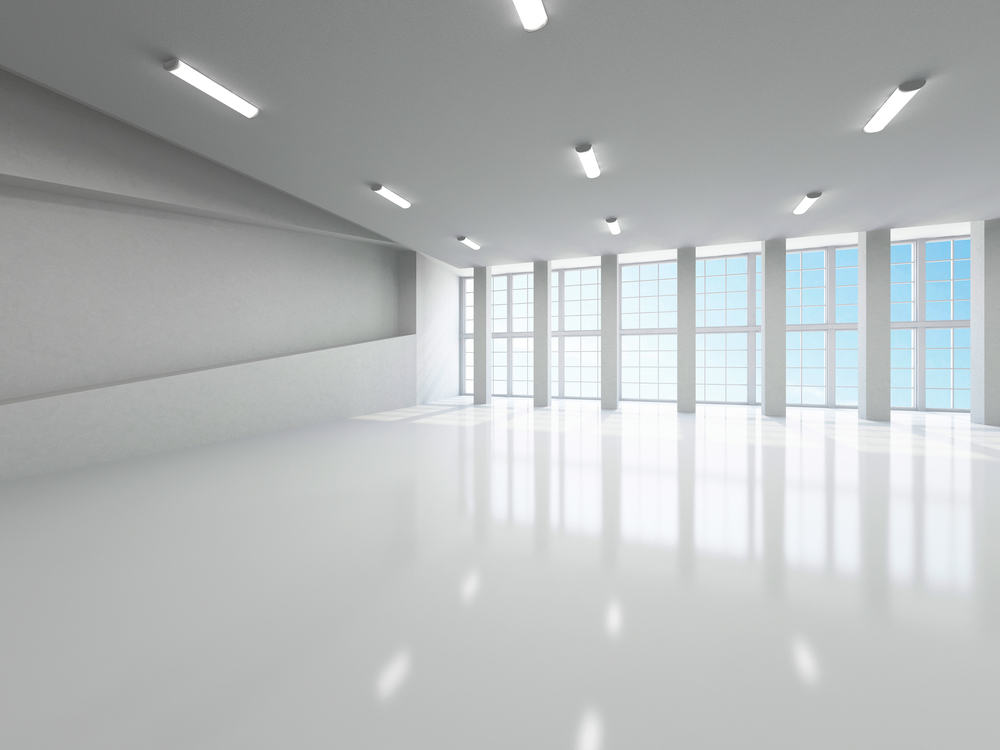Blog
The Long and the Short of Designing a High Functioning Hospital Room
 When approaching a new hospital design project, size is one of the first questions to answer.
When approaching a new hospital design project, size is one of the first questions to answer.
These days, building adequate flexibility to accommodate multiple types of functionality into today’s hospital rooms is a big priority. If a room/space can serve as the environment for several different things, then hospital efficiency goes up and costs to patients go down. For instance, Joseph Johnston Jr., principal at FreemanWhite (San Diego), estimates that each unavailable operating room can cost a hospital at least $86,000 in daily revenue/opportunity cost. That is why the trend is now to design hospital rooms that serve as several things. The extra investment in creating spaces to flex between uses inevitably pays for itself.
Providers are looking to designers to help implement new trends like hybrid rooms, all while building environments that addresses both patient and staff satisfaction. It’s a tall order—but one that comes with plenty of reward. so the extra investment in creating spaces to flex between uses inevitably pays for itself.
What should designers look for to make this happen?
A high enough ceiling to accommodate healthcare technology/equipment and the space needed to do repairs. For example, a minimum floor-to-floor height of 16 feet to provide vertical clearance for tall equipment, with at least 4 feet of above-ceiling space, the majority of which will be taken up by HVAC equipment to achieve the air flow levels required by sterile environments.
I long and wide enough space to accommodate most endeavors and anticipate future ones, but not so large that the transportation time for patients and staff is increased. Longer staff travel distances are inefficient and may unnecessarily lengthen the duration of simple procedures and turnover time.
Source: http://www.healthcaredesignmagazine.com/article/or-designs-ready-for-cutting-edge%20







